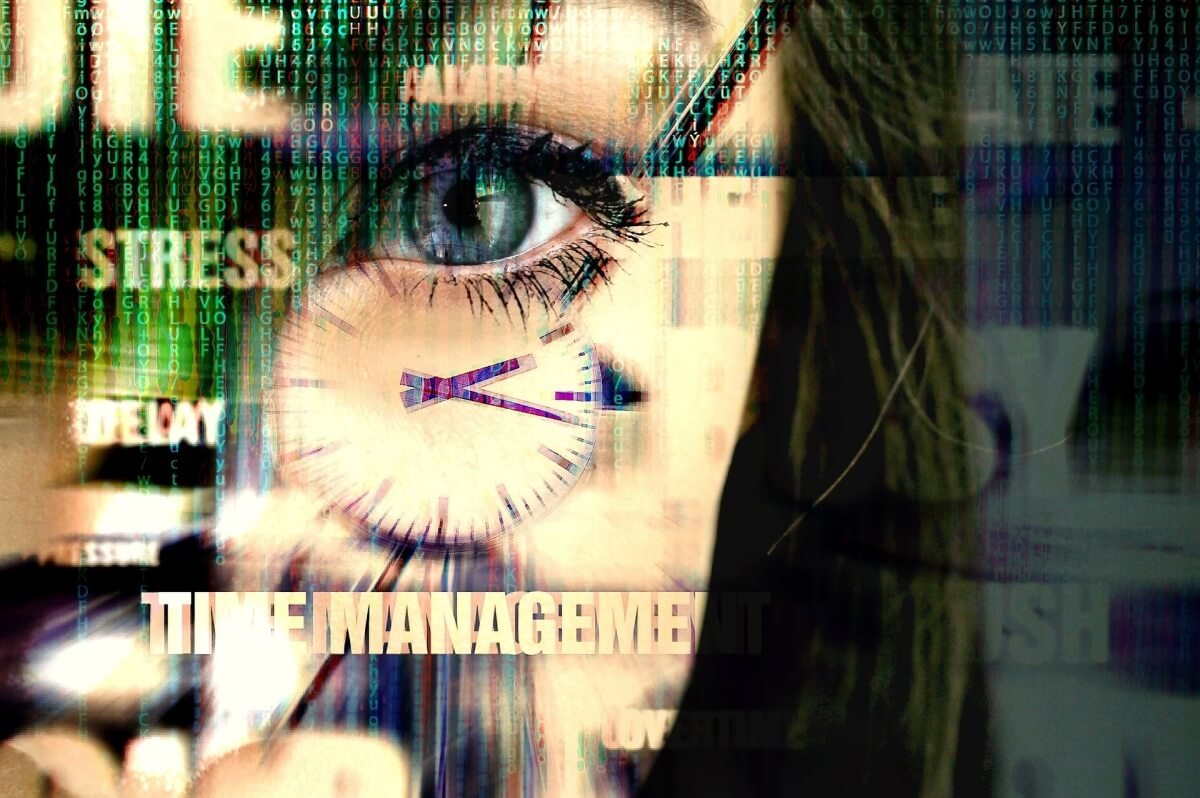Mental Illness: Breaking The Stigma
Introduction
According to World Health Organization (WHO), one in four persons in the world suffers from mental or neurological disorders at some point in their lives1. There are many reasons why some people develop mental illness. The underlying causative factors may be genetic or biological, environmental factors such as childhood trauma, bullying, family discord, academic or occupational stress etc, or a combination of genetic and various environmental factors. Also, in some cases, the exact cause of mental illness may not be apparent. Regardless of the causative factors, mental illnesses too are health problems just like cancer, tuberculosis, or diabetes. So why does our society have a different outlook towards people with mental illness? The answer is ‘stigma’.
What is stigma?
‘Stigma’ is a Greek word that originally referred to a marking or a tattoo that was made by cutting or burning the skin of criminals, traitors, or slaves in order to visibly identify them so that they can be avoided in the society2. Stigma in mental health involves negative attitudes or discrimination against a person with a mental illness. Stigma attributed to the mental illness can be either social stigma, which involves the negative attitudes of others towards a person with mental illness; or self stigma, in which a person has an internalized stigma about his mental illness; as a result of which he experiences shame, self-doubt, diminished self‐esteem, unwillingness to seek treatment limiting the chances of recovery1.
Why is stigma prevalent around mental illness?
Stigma around mental illness dates back to the ancient times. From being considered as demonic possession, curse of gods and punishment of sin, the theories around the causes of mental illness have been numerous and without scientific basis.
Persons with mental illness are often considered as not having the capacity to reason, unable to control themselves, incurable, violent and a threat to self and others.
Treatment of mental illnesses has been brutal, inhumane and unscientific. Dating back to the Neolithic times, trephination, i. e, drilling a hole in the skull to release the evil spirit was considered as a mode of treatment of mental illnesses3. Exorcism was a widely practised ritual in christian and jewish traditions in which evil spirits were thrown out of the body through various rituals such as prayer, not allowing the person to have food or making him ingest various drinks4, 5. Women with mental illness used to be persecuted and were burnt alive (witch hunting)6; which is still practiced in some parts of the world including India. Modern treatments of mental illnesses began in 16th with the establishment of asylums. However, most inmates were institutionalized against their will in overcrowded and unhygienic living conditions, chained to walls, and little attention was given to their treatment6. Treatment of mental illnesses has come a long way since then; still there are various misconceptions about the use of electroconvulsive therapy and psychotropic medications such as these medications make the person drowsy, impact their ability to think logically, the person taking psychotropics become dependent on them for life and so on which contributes to the stigma around mental illnesses.
Media can also play an important role in promoting stigma by negative portrayal of people with a mental illness as violent and dangerous, using demeaning or hurtful language to address mental health issues, and sensationalizing situations through unwanted and inaccurate references to mental illness7.
Impact of stigma on persons with mental illness
The impact of stigma on persons with mental illness can be serious and devastating. People with mental illness who are subjected to stigma are more likely to go through:
- Reluctance to seek help
- Delayed treatment which increases the cost of treatment, more chance of treatment failure and adverse long term outcome
- Lower educational attainment and occupational functioning
- Social isolation and abandonment
- Poor understanding among family leading to family dysfunction; family members also tend to blame themselves for the illness
- Harassment, bullying, and abuse
- Feelings of inadequacy, shame, and low self esteem
How to fight stigma around mental illness?
Every day, in every possible way, we need raise our voices against the stigma around mental illness.
- Talk openly about mental health
Just as people can talk openly about physical ailments like anaemia, hepatitis or heart disease, one should not shy away from talking about mental health.
- Educate yourself and others
Stigma most commonly arises out of inadequate knowledge and misinformation about the mental health issues. One should know that anyone can suffer from mental illness regardless of the age, gender or socioeconomic status. Also, not all persons with mental illness are violent and aggressive; rather persons with mental illnesses are more likely to be the victims of violence themselves. Above all, mental illnesses are treatable and majority of the persons with mental illness can lead an independent and productive life with timely and adequate management.
- Be mindful of your language
We often loosely use some terms such as “mental”, “psycho”, “crazy” etc which contributes to stigma and people refrain from talking openly about their mental health issues and seek help.
- Separate the mental illness from the person’s identity
A mental illness doesn’t define a person; there is much more to a person’s identity than the mental illness he/ she is suffering from. We often use terms such as “He is bipolar”, “She is schizophrenic” which shows the person in negative light. We should rather say that “He has bipolar disorder” and “She has schizophrenia” etc.
- Be compassionate to persons with mental illness
Often, people with mental illness are the ones who suffer in silence and become a victim of rude comments, bullying and judgmental attitude of others. A simple act of showing compassion towards them can help them feel accepted in the society and improve their self esteem, treatment seeking behaviour and long term outcome.
- Bring to their notice when the media is being stigmatizing
If mental illnesses are portrayed in a poor light in the media, we should dispel myths and educate people with the correct facts. If someone comes across a program that shows inaccurate and discriminatory stereotypes about mental illness, they should contact the broadcaster and address this issue.
- Don’t Harbor Self-Stigma
If you suffer from a mental illness, fight stigma by eliminating self doubt and shame. Having a mental illness doesn’t make you less of a human being; with proper treatment you will be able to lead a productive and fulfilling life. Learning to accept your illness, seeking help, educating yourself and others, and speaking up against stigma can make a positive change to your personal life and to the society at large.

Photo by Fuu J on Unsplash
TAKE HOME MESSAGE
Stigma around mental illness is very common due to inadequate knowledge, prevailing myths, and wrong depiction of mental illnesses in the media. It leads to discrimination, social rejection and violence against persons suffering from mental illnesses and reduces treatment seeking. Educating oneself about mental health, acknowledging the fact that mental illness is not anyone’s fault, and it can occur to anyone, and having an empathetic attitude towards the persons with mental illness can help to a great extent to combat stigma, thus empowering the person with mental illness, and bringing a positive change in the society as a whole.
-by Dr. Nabanita Sengupta.
REFERENCES
- Mental disorders affect one in four people [Internet]. World Health Organization. World Health Organization; 2013 [cited 2020Aug17]. Available from: https://www.who.int/whr/2001/media_centre/press_release/en/
- Social stigma [Internet]. Wikipedia. Wikimedia Foundation; 2020 [cited 2020Aug17]. Available from: https://en.wikipedia.org/wiki/Social_stigma
- Jenev Caddell PD. How to Cope With Stigma When You Have a Mental Illness [Internet]. Verywell Mind. 2020 [cited 2020Aug19]. Available from: https://www.verywellmind.com/mental-illness-and-stigma-2337677
- The Editors of Encyclopaedia Britannica. Exorcism [Internet]. Encyclopædia Britannica. Encyclopædia Britannica, inc.; 2019 [cited 2020Aug18]. Available from: https://www.britannica.com/topic/exorcism
- Alexis Bridley and Lee W. Daffin Jr. The History of Mental Illness [Internet]. Essentials of Abnormal Psychology. Washington State University; 2018 [cited 2020Aug19]. Available from: https://opentext.wsu.edu/abnormalpsychology/chapter/1-4-the-history-of-mental-illness/
- Farreras IG. History of Mental Illness [Internet]. Noba. [cited 2020Aug18]. Available from: https://nobaproject.com/modules/history-of-mental-illness#content.
- Mental health stigma [Internet]. healthdirect. Healthdirect Australia; [cited 2020Aug19]. Available from: https://www.healthdirect.gov.au/mental-health-stigma




